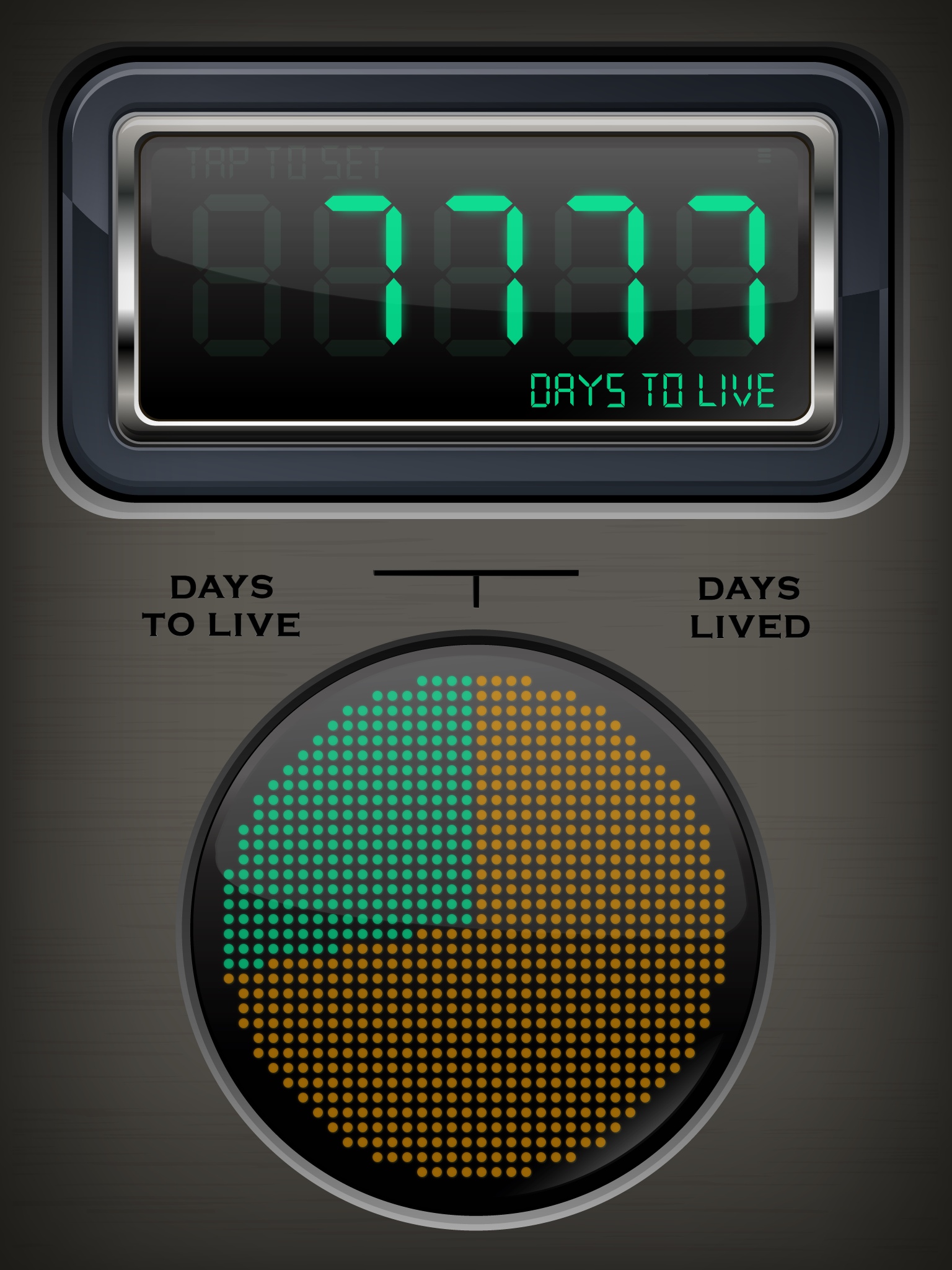I need to be very careful choosing my words here because I don’t want to let frustration overstep factuality. As with most things Apple, my feelings (and my ire) are mixed.
Let me lead with the positive. As everyone knows, iOS7 was released last week, and as anyone who knows me could expect, I downloaded it immediately on both my phone and my iPad. I like the look and operation of 7. Though it took a little experimentation to find some of the features, most of the changes are for the better. I experienced none of the challenges in operation or functionality that I have read about elsewhere. Though I would not classify this as earthshaking as some others, I can see how it makes my devices better.
This fall several schools in my diocese are launching 1:1 programs using iPads. I support and to a great extent recommend this device as a good solution for 1:1. I’ve discussed at length in other posts why I feel this way, and I’ve yet to see another single device that changes that opinion. Unless I see another devices that answers the education equation as effectively and elequently as the iPad, I expect I will continue to recommend it and use it in school implementations and for myself.
It is actually the intersection of these two positives that has caused my current irritation. The new operating system rolled out on September 18, three weeks into the school year. My iPad schools have already configured and distributed their machines or are well on their way to doing so. Suddenly in the middle of this comes a new reality, causing upgrade and compatibility chaos. In the immediate aftermath of release, the OS did not work with Configurator, the system used to manage multiple student machines. There are compatibility issues with new apps, and security holes. Most of these issues are resolvable, but much more challenging to address while on the tight wire of a rollout.
This is coupled with the maddening announcement that the iLife suite (all the tools of basic computing) is now being offered free. I was excited to hear this, thinking we could save thousands of dollars in apps costs. However, this gift was followed with the condition that it only applied to machines activated after September 1, so most of the machines for schools this year don’t qualify. Even my late roll out machines are still waiting for this deal to be available, and we will probably have to roll out these machines with a generic office suite rather than the flagship products.
As I have stated elsewhere here, Apple learned its lesson from the 1980’s education initiatives. Apple deeply discounted Apple II machines for schools, hoping that school use would translate to a consumer market that never developed. With the iPad, Apple has gone in the opposite direction. The product is excellent and has good penetration into the consumer market, so schools are an added bonus. There are no real discounts (beyond a small general volume discount available to all) on any Apple products. Principals call me asking if I can get them a discount on iPad, and I have to tell them that I pay full price for my iPad, without any discounts on the device or peripherals.
I am not criticizing this strategy. It is a legitimate business strategy that clearly works. However, the release of a new operating system in the middle of the first month of the school year without real warning or direction for school tech administrators, and the release of free essential software immediately after schools have purchased, seems deaf-eared. It certainly is not a strategy to build loyalty should another strong option emerge.
I also am not criticizing the good people from Apple who work with our schools. I believe that they are doing their best to share information and solutions as soon as they are able. However, the corporate structure of Apple based on secrecy and restricting information, does not make it easy for them to serve schools. An alert to any off these issues could have helped schools in their purchasing and rollouts, but this would not have served the corporate structure.
Once again, I really like iOS7 on my machines. It’s very pretty, but I can’t ignore that ugliness that runs in the background.
As always, I invite your comments.
Image: ‘iOS 7‘ http://www.flickr.com/photos/75829045@N05/9862359965 Found onflickrcc.net









